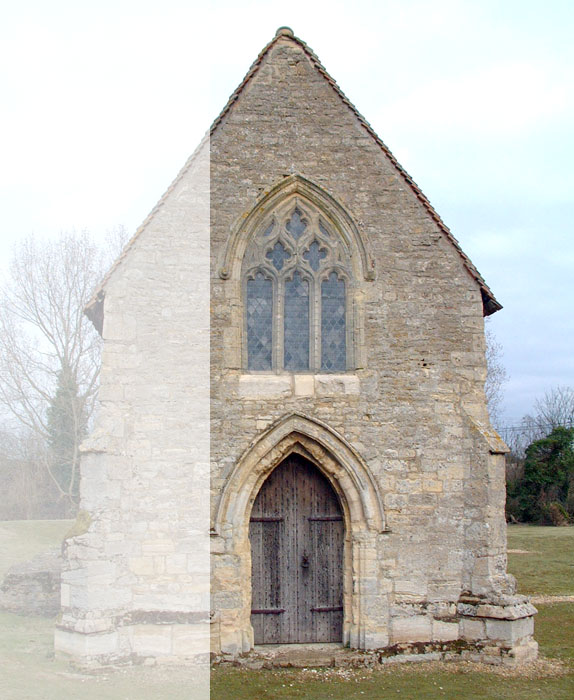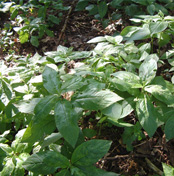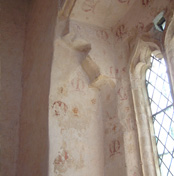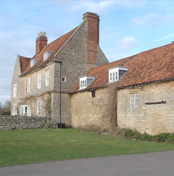
Bradwell Abbey, Milton Keynes
Complex historic sites often require a multi-disciplinary team to understand issues & address areas of conflict.
The Bradwell Abbey site is not only a scheduled ancient monument, but also contains a small colony of brown long-eared bats and a number of monastic fishponds, which are a well-established breeding ground for great crested newts. The newts use the semi-ruinous stone walls for hibernation.
Mel Morris Conservation was appointed by John Cunnington Architects in 2004 to write a Conservation Management Plan. Mel sourced an archaeologist who is an authority on monastic sites and worked with a local ecologist with a detailed knowledge of local wildlife habitats.
Mel Morris worked in close collaboration with both sub-consultants to understand the significance of the site and address the complex areas where conflicts could arise.
The Conservation Management Plan was accompanied by a gazetteer, which is an informative, structured way of understanding a site with many elements - standing buildings, structures & archaeological remains.





